One of the hardest things many struggle with, in photography, is color balance. This is a small tip on how to spot that pesky blue that always shows up in blacks, including shadows. When I started digital from film, this one little thing drove me nutty.
This is typically a white balance issue but even if you do a custom white balance, you can still wind up with it.
Notice the image below. This is a little spotted gecko, who was very active. I was photographing it on the run, he was running, not me lol. I tracked him while he ran but he ran outside of the direct light I had set up for the area I wanted him to hang out in. The image has imbalanced lighting and slightly underexposed, enough to add a lot of blue to the black fabric on the floor, or platform, in this case. Underexposing an image will, in most cases, leave blue behind in the blacks.
If you shoot raw, it’s super easy to adjust the white balance. If you only shoot jpg and use a paint program, such as, Photoshop, you can desaturate the blue from the black,if there is no other blue in the image. If there are other blues in the image, do an overall color adjustment, such as, levels. If this doesn’t solve the blue floor issue, do a loose lasso around the floor, feather about 20 on a large image and put this selection on a new layer (ctrl j). Desaturate the blue on this new layer, if necessary, mask out any other areas you may have picked up with the loose lasso that you want to keep blue.

BTW I did clean up the floor, along with getting rid of the blue. I used a piece of fabric, which never lays flat and picks up fuzz. Using fabric for animals saves on replacing paper backgrounds so often, they can get pretty messy. Fabric can be washed, repeatedly. If you do not want to spend the extra time cleaning a fabric floor for animals, paper backgrounds are your best bet. Laying a piece of plexiglass over it will keep it clean and also give you a nice reflection. This too, can have it’s cons but will save you from buying too many paper backgrounds.
Don’t worry, many will not see the blueish black. This image is an extreme case and very noticeable. As you get increasingly better at photography, your eye will become ‘trained’ and the blue will be much easier to spot. If you are not sure, go into hue/saturation, choose red from the drop down box, then pick the area of the floor (in this case), look at the drop down box, did it change to blue?
Happy Shooting!


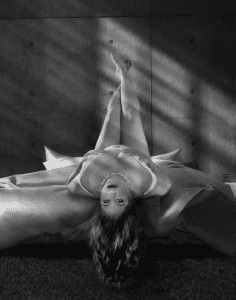
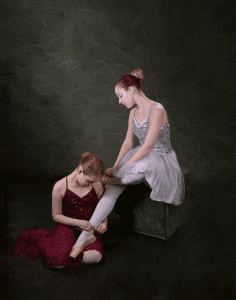

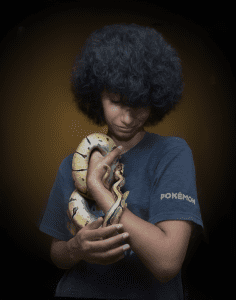
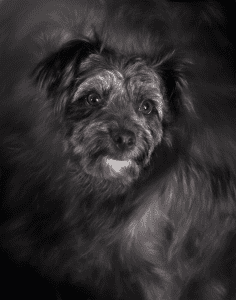
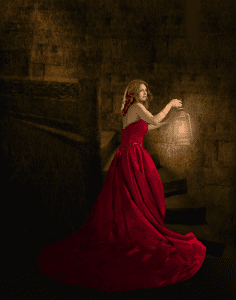
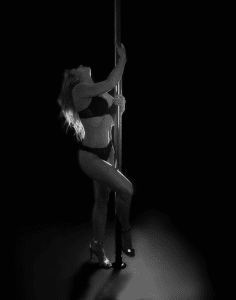
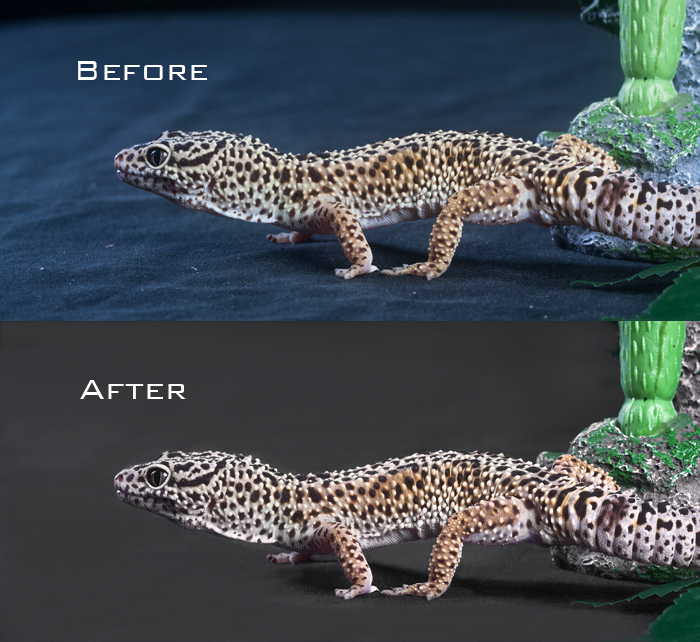


Comments are closed